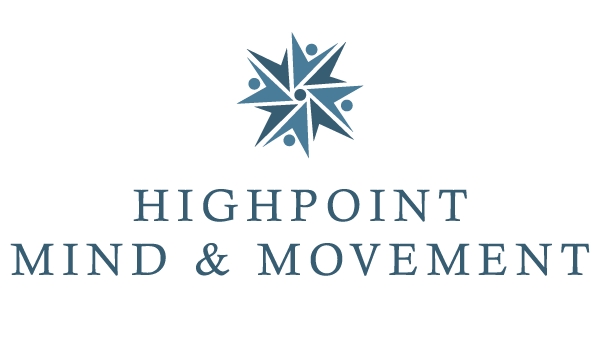The Five Step Balance Process
When you experience sustained, significant stress your brain may change mode to one of coping and survival, establishing new neural networks to deal with the challenges. Stress can be caused by many things: a threat to our physical body; a new, unexpected experience; an ongoing challenging situation for which we have to “gear up;” academic learning and testing under demanding expectations; a difficult job, home situation, or finances; or emotional trauma. Our neural system, through the function of the vagus nerve, is attuned to threat or challenge and responds at a deep visceral level, sending signals throughout our body to meet real or perceived emergencies.
The neural networks that are established under these circumstances are strengthened over time. While they fill a useful survival role at the time, they can become “hard-wired” and create an impediment to learning, to adapting easily to life’s challenges, and to reaching our goals.
To restore its natural, normal functioning, our brain/body system needs to be “re-set” after dealing with the immediate challenge or crisis. By re-setting and re-aligning our neural networks we can alleviate frustration, depression, fear, agitation, and the various forms of discomfort that have developed.
The Five Step Balance Process, inspired by the work of Paul and Gail Dennison*, engages the cognitive, thinking centers of the brain, the underlying sensing/feeling brain regions, and the somatic “felt-senses” of the viscera to create a whole brain/body experience. This process allows you to quickly reset your mind and body systems and re-establish optimum functioning of deep neurobiological networks.
The Five Steps
-
We begin with four simple Brain Gym® movements that awaken your neural system. PACE puts you in a Positive, Active, Clear, and Energetic state ready to experience new patterns of thinking and feeling, and it prepares your neural system for the change you desire.
-
We then spend some time identifying your intention for the session and we set a goal. By establishing your intent you bring sensing, feeling awareness to the neural networks that we want to rewire — an important step in creating body-based change in the neural system
What is it that you wish to change, want to let go of, learn more easily, do differently, or feel better about? -
In order to be fully aware of what you are experiencing, we take a moment to establish a baseline from which we can measure the change at the end of the session.
• Where are you at in the present moment with this issue or difficulty?• What is it that you have already learned about it?
• What are your automatic responses to the issue (your thoughts, and somatically with your emotions and visceral, body responses)?
-
Once you have identified your intention and established a baseline, we choose the modality and which somatic movements will be most useful to re-align your brain/body system. As you do these body-based techniques, your neural networks will undergo significant rewiring to establish new thought patterns, behaviors, body-awareness, and emotions specifically related to your intention or goal.
-
We now have the opportunity to notice the changes you have just experienced relative to the baseline established at the beginning of your session.
• What are you now thinking and feeling about your intention or issue?• What physical, body sensations are you noticing?
• Are you physically more relaxed, is your mind quiet and clear?
• Do you feel more energized, yet calm?
• How do you now relate, in a sensing, feeling way, to your stated goal or intention?
* The Five Step Balance Process is based on the Five Steps to Easy Learning developed by Paul E. Dennison, Ph.D. and Gail E. Dennison, developers of Brain Gym®
